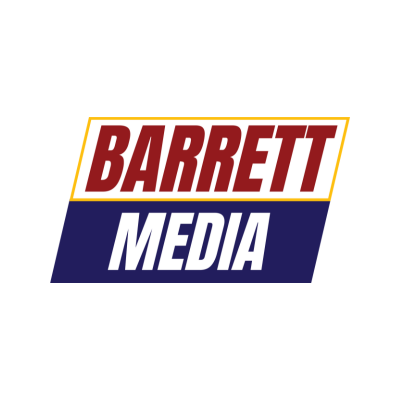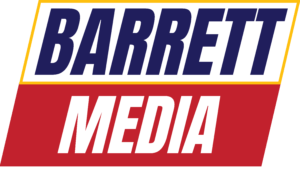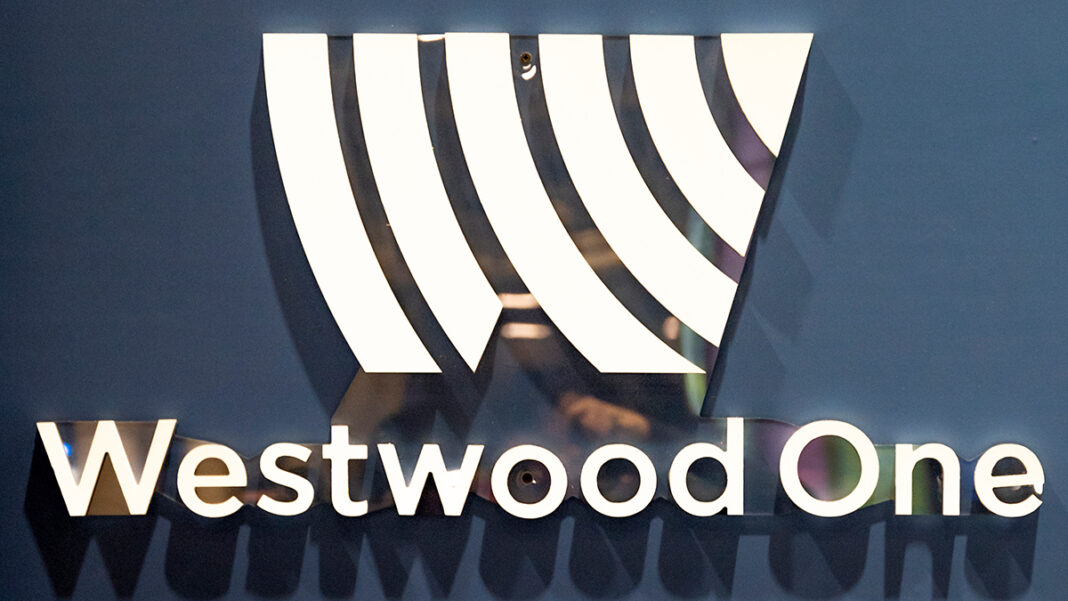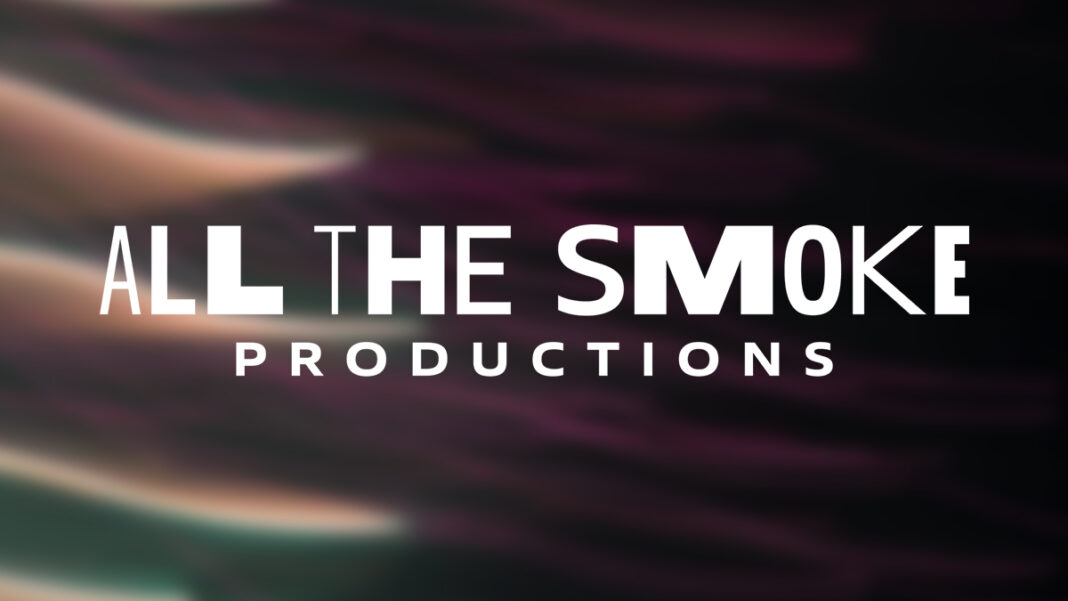A new series of studies released by Westwood One indicates that radio draws a different audience for its presentation of games within the NCAA March Madness tournament. According to findings from MARU/Matchbox, the NCAA audio audience on audio platforms has a higher level of fandom than the total NCAA audience, ranking this intangible on a scale ranging from not following the game closely to loving it. Eighty-seven percent of audio listeners follow the tournament through to the final, and 55% of the audience currently attends or has graduated from a college that typically plays in the tournament. These findings demonstrate that the AM/FM radio play-by-play audience has higher levels of engagement, which yields more effectiveness and impact related to advertising.
The median age for NCAA fans is 51 years old with a median income of $105,000, and 24% of people in the cadre are college graduates. Fifty-two percent of the fanbase are employed full time, and 32% had children in their household, according to a study from MRI-Simmons USA with a base population of Persons 18+.
“The radio audience is simply more sports passionate,” said Pierre Bouvard, chief insights officer at Cumulus Media. “They’re more likely to have a sports app, more likely to do fantasy sports, more likely to actually physically attend sports events.”
Two other studies from MRI-Simmons demonstrate that the AM/FM radio audience is younger, has a higher income and possesses a higher likelihood of being employed. Sixty-one percent of audio consumers for the tournament through these terrestrial radio platforms has a household size of three or greater with a median income of $125,000. Advertisements on the aforementioned audio platforms are also measured to have a greater impact than those on television because of data exhibiting that NCAA basketball listeners are more engaged in sports and passionate.
Listeners to this programming were also found to be 384% more likely than the average consumer to take part in sports betting, whereas those watching on television are only 177% more likely. On top of that, this study found that the NCAA audio audience is more likely to be in the marketplace for key purchases over the next year. These listeners were also found to be more likely to influence other consumers in various categories, such as sports, news and healthcare, granting commercial impact that spans beyond gameplay.
“The other benefit of the NCAA March Madness platform is it complements and supplements any investments you’re making on the video side of the house,” Bouvard said. “It generates incremental reach, and it generates amplified frequency, and across the years, there have been dozens of case studies conducted by Nielsen to look at the brand effect and sales effect of advertising in the March Madness on Westwood One”
Portable people meter data tabulated by Nielsen Media Research conducted analysis of Westwood One NCAA audience and found that it continues to build more reach throughout the season. For example, games within the first week of the season reached 100,000 people, whereas the championship in Week 14 accounted for 20.3 million viewers. The regular-season audience grew over 50 times in the first 10 weeks, and the audience proliferated by 28% between the 11th and 14th weeks, situated within the March Madness tournament.
Thirty percent of all March Madness consumers use Westwood One to follow the tournament, according to a MARU/Matchbox national study polling 941 total respondents among Persons 18+. The firm also found that 44% of Persons 18-34 tuned in to Westwood One for the tournament, generating greater reach than social media, linear television and internet sites. Moreover, it was found that the platform performs better than video in reaching fans in the car, at work and at another place. In fact, 50% of the NCAA audience away from the home listen to tournament coverage on Westwood One, which has broadcast March Madness games since 1982.
Barrett Media produces daily content on the music, news, and sports media industries. To stay updated, sign up for our newsletters and get the latest information delivered straight to your inbox.










